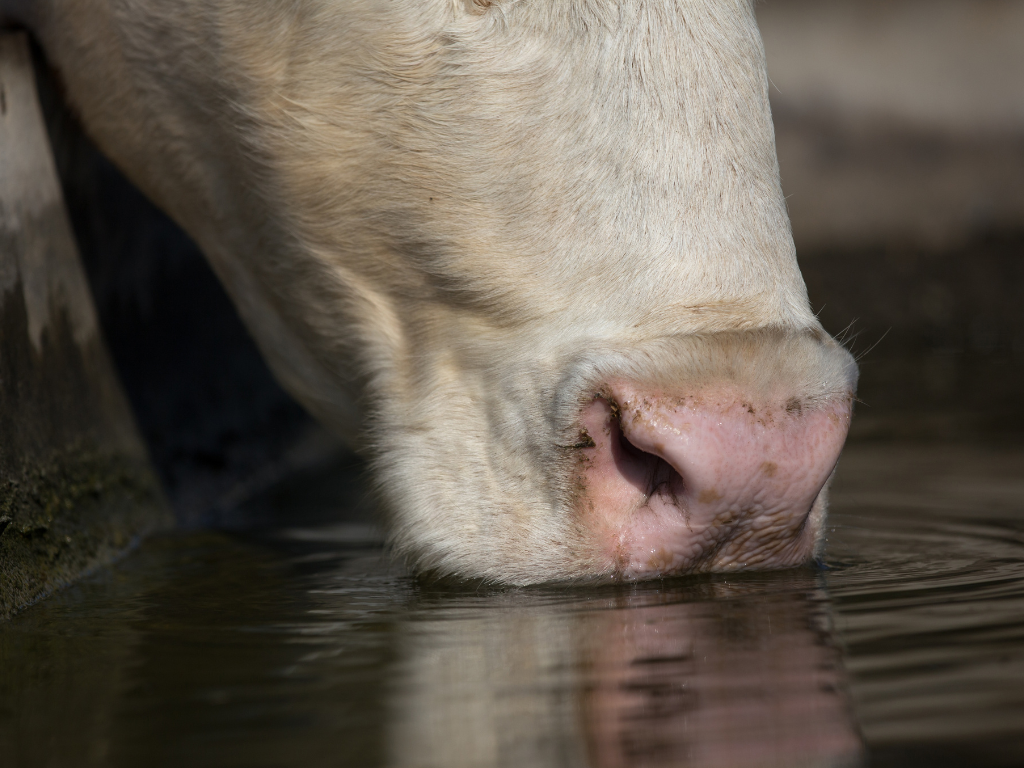The use of rainwater is a valuable means of sustainably exploiting water resources in agriculture. Whether for farm work, livestock farming, or vegetable growing, rainwater can help reduce costs and improve the independence of water supply.
Using rainwater on a farm
Water supply is increasingly becoming a challenge for farmers. This is where rainwater offers a useful source of additional water. In Luxembourg, rainfall varies greatly depending on the region and the season, but a simple calculation shows the potential: a hangar with a roof surface area of 2,000 m² and an average rainfall of 850 mm per year can theoretically collect 1,700 m³ of rainwater. By way of comparison, a household of four needs approximately 197 m³ of water per year. This and the many other advantages show that rainwater harvesting is extremely beneficial for agriculture.
Resource conservation
Rainwater is a natural water source that often goes unused on many farms. Using rainwater reduces the amount of water that needs to be purchased from public water supply systems by diversifying water resources and increases the sustainability of farms.
Better water quality for plants
Rainwater is softer and less mineralised than groundwater or surface water. It is therefore particularly suitable for irrigation, as it preserves the soil structure and prevents the accumulation of salt, which promotes plant health.
Savings
Relying less on public water supplies means lower operating costs. Rainwater harvesting is particularly cost-effective in the long term in regions where water is expensive or in dry regions where irrigation water is scarce. In addition, a reduction in connection capacity to the public network can result in additional savings.
Stabilisation of the hydrological regime
By storing rainwater instead of allowing it to run off quickly, the risk of soil erosion and flooding can be reduced and the local water balance stabilised.
Key points to consider when using rainwater
The quality of the rainwater collected depends on various factors:
- Dirt: rainwater can contain impurities from the atmosphere.
- Roofing materials: on rough roof surfaces, dirt can settle during dry periods, bituminous roofing can give rainwater a yellowish colour and on uncoated copper or zinc roofs, the concentration of metals in the water can increase.
- Filtration: leaf and dirt filters help to eliminate larger impurities.
- Storage: storage tanks or basins must be correctly sized and regularly maintained. The microbiological quality of the water can be influenced by the conditions and duration of storage.
Possible areas of application for rainwater
There are many ways in which rainwater can be used on farms:
- cleaning machinery and stables
- supplying water for cooling stables during the summer months
- irrigating greenhouses
- flushing toilets
Did you know?
The use of rainwater to supply water troughs for livestoc is also not excluded. However, care must be taken to ensure that the water quality is adequate.
Pre-treatment of the water is generally necessary and regular analyses are recommended in this case.

